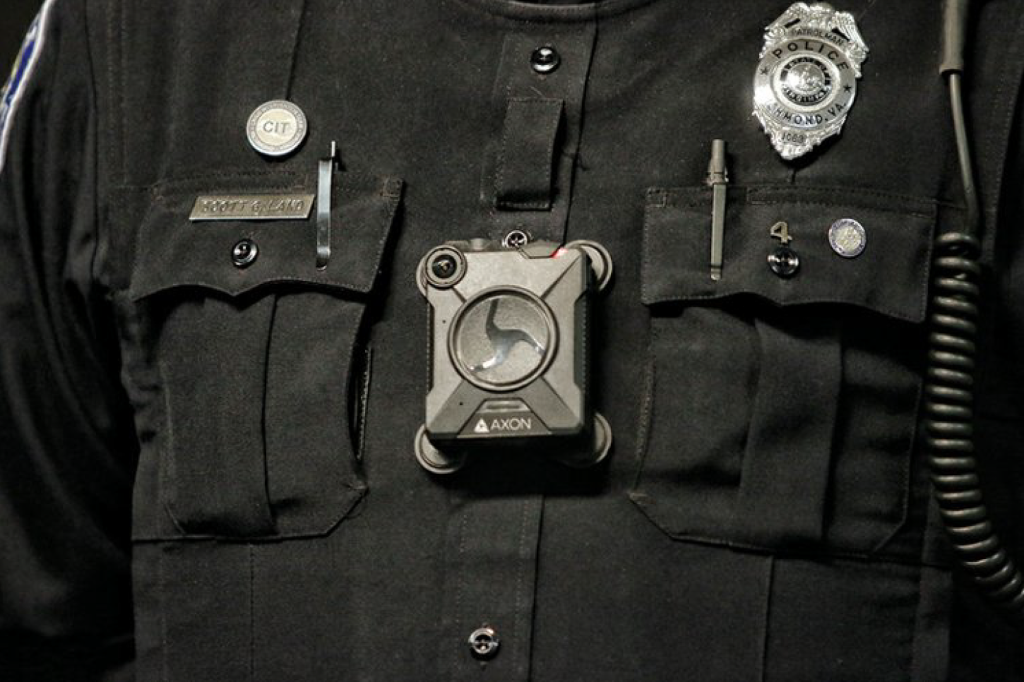www.bhpolice.org
On November 4, 2016, The Berkeley Heights Police Department began full deployment of body-worn cameras (BWCs). The department has purchased the Axon Body 2 cameras from Axon/Taser International Inc.
The department has been working on the operational, technical and legal issues associated with equipping officers with BWCs, establishing policy for officers’ use of BWCs, training officers to use BWCs, store BWC data, release BWC footage and ensuring that constitutional and other legal requirements are met. The Berkeley Heights Police Department’s standard operating procedures – including when an officer turns a camera on or off – are based on standards set by the New Jersey Attorney General’s Office. These standards apply to all New Jersey police agencies that use BWCs.
WHY BODY CAMERAS?
• To enhance transparency, accountability and trust
• To reduce complaints against officers
• To make prosecutions more efficient and effective
WHO WILL WEAR BODY CAMERAS?
The department’s plan calls for uniformedofficers to wear body-worn cameras.
WHAT WILL BODY CAMERA FOOTAGE SHOW?
BWC footage is similar to footage from a cell phone camera. BWCs will be mounted to an officer’s uniform (the chest or shoulder area). The cameras will point away from the officer and will capture images in the camera’s field of vision. Citizens who interact with police officers will be recorded on body camera footage. BWCs are also equipped with audio.
LIMITATIONS OF BWC FOOTAGE
Body-worn camera footage is a useful tool in providing clarity about police interactions. However, camera footage cannot provide all the information needed to make a fair and accurate judgment about police activity. Footage is part of a thorough investigation; it does not replace a thorough investigation. Limitations of BWC footage include:
• The camera does not necessarily reveal what the officer perceived or what was in his mind. The camera does not follow the officer’s eyes; see exactly what he sees, or record physiological and psychological stress that may affect the officer’s perceptions.
• The camera cannot record sensory cues (such as physical resistance or tension), only visual cues.
• In low light, the camera may see more clearly than a human being.
• Cameras record two-dimensionally. This means viewers may not be able accurately to judge distances from footage.

- Home
- Publications
- Berkeley Heights Community News
- Clark Monthly
- The Chathams
- Cranford Monthly
- East Hanover View
- Elmora Hills
- Fanwood Post
- Florham Park Press
- Garwood Times
- Green Brook Gazette
- Hanover Township Press
- Kenilworth Business Life
- Life in Linden
- Livingston Monthly
- Long Hill Leader
- Madison Monthly
- Millburn Short Hills Monthly
- Mountainside View
- Morristown Monthly
- Morris Township Times
- New Providence News
- Our Town Rahway
- Peterstown NJ
- Life in Roseland
- Roselle Park Monthly
- Scotch Plains Monthly
- Spirit of Union
- Summit Times
- Pride of North Plainfield
- Warren Monthly
- Watchung Post
- Westfield Monthly
- Articles
- Advertising Information
- About
- Submit News
- Photos
